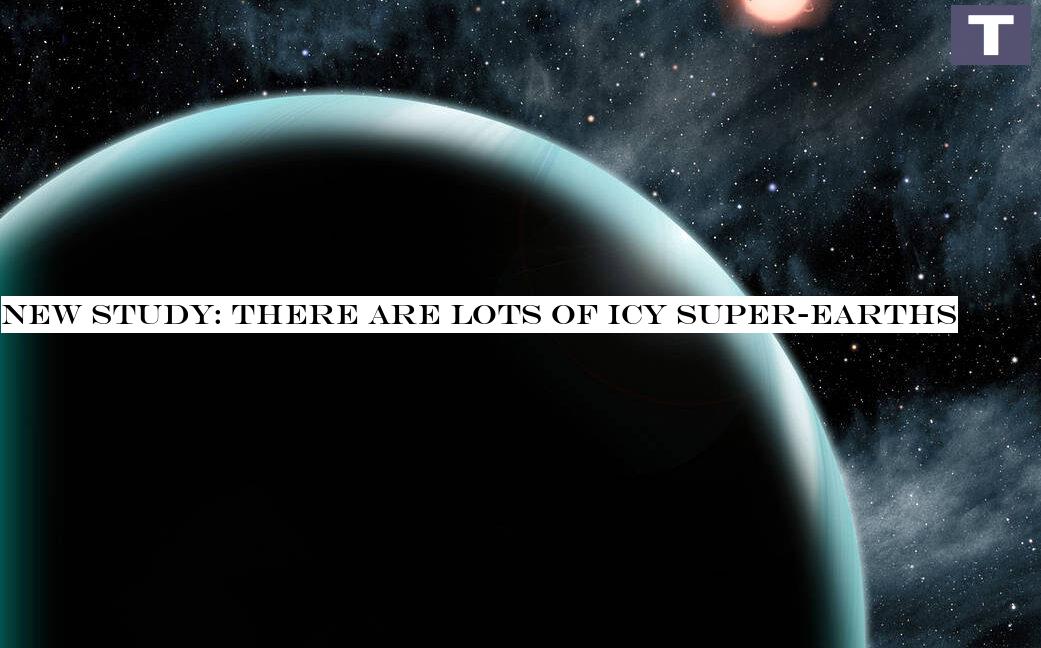
What does the typical exosolar system appear like? We understand its not likely to appear like our own Solar System, considered that our familiar worlds do not consist of entire classes of planets (Hot Jupiters! Mini-Neptunes!) that weve discovered somewhere else.
And our discovery approaches have been greatly prejudiced towards planets that orbit near to their host star, so we dont truly have a strong sense of what might be hiding in more far-off orbits.A brand-new study launched on Thursday describes a search for what are called microlensing events, where a world acts as a gravitational lens that amplifies the star its orbiting, causing it to lighten up briefly.
These events are hard to record, however can potentially show the existence of worlds in more distant orbits.
The researchers behind the brand-new work find indications that theres a significant population of rocky super-Earths that are taking a trip in orbits comparable to that of Jupiter and Saturn.The two primary approaches weve used to discover exoplanets are called transit and radial velocity.
In the transit technique, we just view the star for dips in the light it sends to Earth, which can be an indicator of a planet orbiting in a way that it eclipses a little fraction of the star.
For radial speed, we try to find red- or blue-shifts in the light received from the star, caused by a world yanking the star in various instructions as it orbits.Obviously, a planets gravitational influence is stronger when its closer to the host star.
And stars can briefly dim for all sorts of factors, so weve typically set a standard for discovery that involves observing multiple transits.
That, in turn, indicates a shorter orbital duration, therefore also predispositions us toward discovering planets that are close to their host star.
As a result, the majority of what we know about exosolar systems originates from planets that are far closer to their host star than Earth is to the Sun.
Even the most far-off item discovered by the Kepler mission orbits is only about as remote as Mars.

 6
6
















